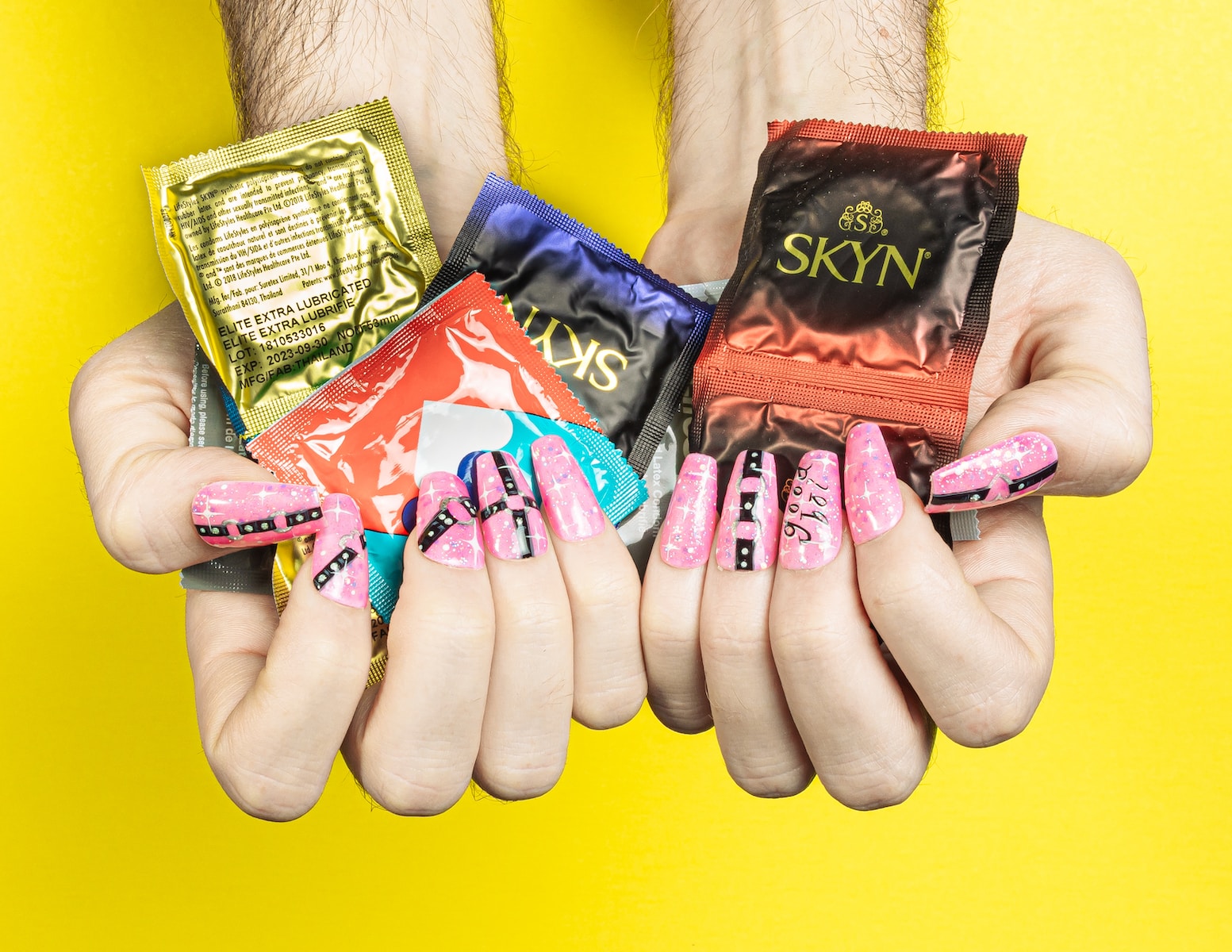Condoms can be a big part of your sexual health. They’re a great way to protect against pregnancy and STIs. But they’re not foolproof.
It’s possible to put a condom on inside out, which could decrease the effectiveness of the barrier contraceptive. Here’s what happens if you do it:
1. It’s more likely to leak
Condoms are a safe way to protect against pregnancy and sexually transmitted infections (STIs). But when a condom breaks, it increases the risk of pregnancy and STDs.
Condomina are supposed to seal in sperm by the action of a special fluid called lubricant. It’s important to use the right amount of lubricant and to avoid putting too much on – this can reduce the effectiveness of the condom.
But sometimes the lubricant can leak through the thin layer of latex if you wear it inside out. This means that semen can make its way into the vagina or anus and expose your partner to pregnancy and STIs. If you notice semen leaking from your mouth or vagina, it’s likely that the condom is faulty and you should seek advice as soon as possible.
This could mean going to your GP or sexual health clinic, where you can get advice on emergency contraception and PEP for HIV. PEP is an emergency medication that can prevent HIV infection if it’s taken within 3 days after unprotected sex.
There are lots of things that can make a condom more likely to break, like using the wrong size, leaving space or air in it, using old condoms, not squeezing the teat properly and not using enough lubrication. The best thing to do is to make sure you’re using the right size of condom and that it fits correctly before starting sex.
2. It’s more likely to break
Putting a condom on the wrong way could decrease the effectiveness of the spermicide that’s inside, Dr Turek says. That’s because the spermicide is supposed to block sperm movement and it won’t do that if you roll it on the wrong way.
If you put the condom on and realise it’s inside out, take it off as soon as possible and use a new one. This will help to avoid getting pregnant and reduce your risk of other sexually transmitted infections.
Another thing that can make a condom more likely to break is if you wear it for too long. This is because the rubber can rub against your skin and cause tiny tears in it. This can also happen if you’re having anal or vaginal sex.
It’s also important to make sure you have the right size condom for your partner. This will make it more comfortable and less likely to slip off during sex. It’s a good idea to try out a few different sizes before you decide what you need.
3. It’s more likely to hurt
It’s important to make sure a condom is rolled on correctly. You want to make sure the ring, which is the smallest part of the condom, is on the outside, and that it is bunched up against your vulva or anus rather than inside of it. That will keep the condom from slipping off during sex, which can expose you to body-to-body contact with sexual fluids and lead to infection from STIs like HIV or hepatitis.
It also helps to use lubricant when rolling it on, which makes it feel better for both you and your partner. Just a few drops of water-based lubricant can help it to slip on more easily and not break.
If you’re worried about making a mistake while using a condom, it might be worth it to invest in some different styles and sizes so you have lots of options to try. If you do have a condom that slips off during sex, it’s important to get tested as soon as possible for any infections.
It’s also a good idea to practice putting it on before you use it with a friend or partner. That way you can learn the right way to roll it on, and you’ll be less likely to have problems when it comes time to actually use it during sex.
4. It’s more likely to cause infection
A condom that’s inside out could lead to an infection of the vagina or vulva, a condition called interstitial cystitis. It is the most common cause of sexually transmitted infections in women and can also affect men. Symptoms include pain, discharge, and itching. Typically, it takes a few days before the symptom appears. If you are worried about an infection, see your doctor for antibiotics.
Condoms have spermicide, which is designed to prevent sperm from entering the reproductive tract. However, if the spermicide is on the wrong side, it could decrease its effectiveness. In addition, a condom that’s inside out can cause friction with the penis or anus, which could increase the risk of herpes infection or other diseases.
Some people like to wait until foreplay is done before putting on a condom. That can be a problem if the foreplay includes penetration, because skin-to-skin contact can lead to STDs and pregnancy. Additionally, it is important to wear a condom before coming (ejaculating) so that any sperm is trapped in the pre-cum, rather than in the vulva or anus.
If you find a condom in the wrong position, try opening it carefully (with your hands only, no scissors or teeth). Feel for a rib, which is usually on the outside of the wrapper, and push it to the side before trying to roll it down. Also, never flip a condom around and reuse it – it’s not safe.

